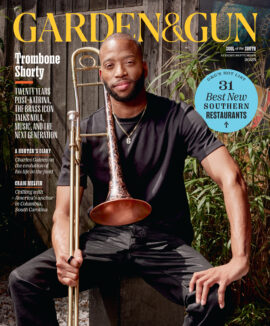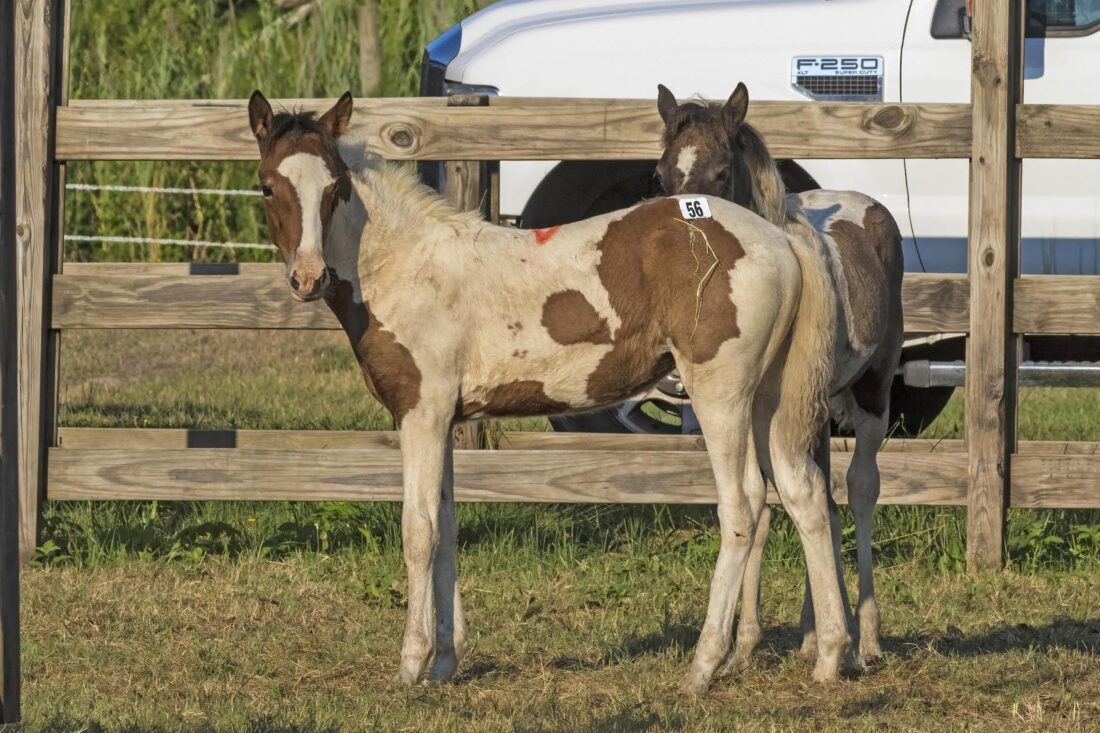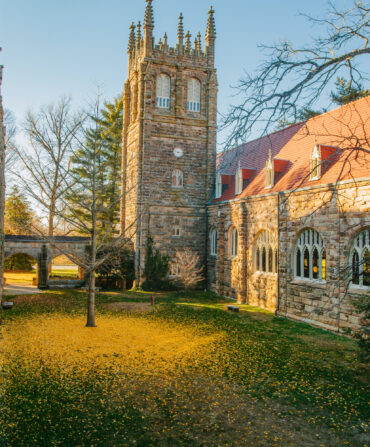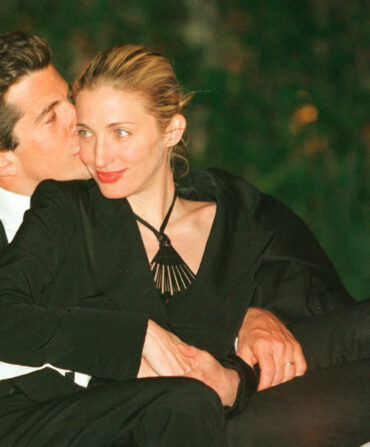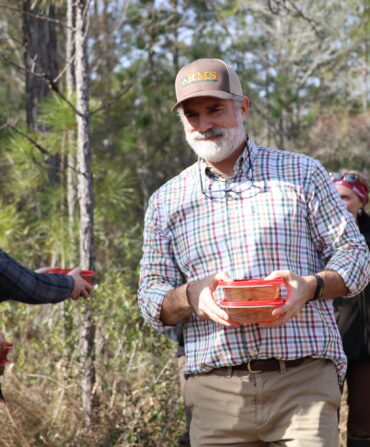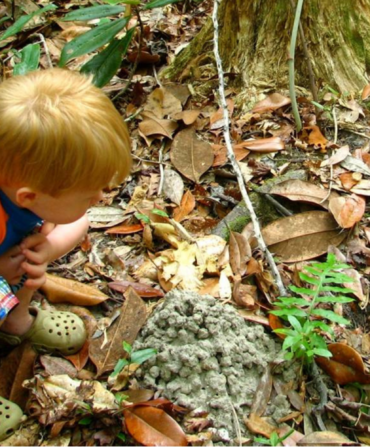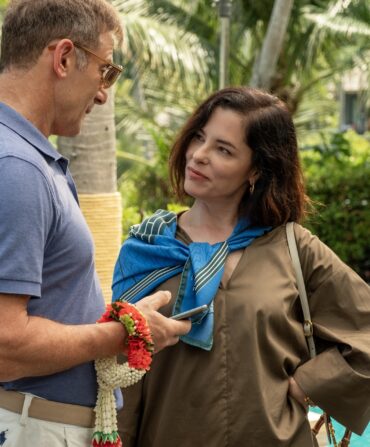The 2025 Chincoteague Pony Swim—whereby a group of local “saltwater cowboys” round up the wild herd of horses that roam Virginia’s Assateague Island and corral them across the channel for an auction and festival—celebrated a handful of centennials. The swim (also known as the pony penning) marked a hundred years, about a hundred foals were auctioned off, and one record-breaking sale brought in $100,000 for the Chincoteague Volunteer Fire Company, which helps manage the herd.
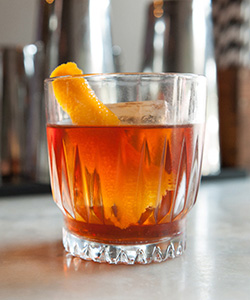
Although the fire company started organizing the festivities in 1925, people have cheered on the swimming ponies long before that. “It’s likely that pony penning as a tradition dates back to around the time of the American Revolution,” says Susan Boudreau, author of the newly released Before Misty: Early Chincoteague Pony History. “It has always been a celebration, with many nineteenth-century accounts describing days of feasting, dancing, and general partying.”

Last week, some 50,000 onlookers gathered to witness the Wednesday swim, which set the stage for the event’s second big tradition, Thursday’s auction. Anyone can bid on a foal, and some can be taken home, but buyback foals are another story. Selected for their bloodlines, these animals will return to the island to live wild and strengthen the herd. Buyers of these foals earn naming rights and the pride of preserving a legacy made famous by Marguerite Henry’s 1947 novel Misty of Chincoteague.

This year, foal #56, a bay pinto filly, fetched an all-time high price of $100,000—doubling last year’s record-setting $50,000. “I never dreamed we could raise that much,” says Darcy Cole, a local photographer who leads Buyback Friends of the Wild Chincoteague Pony Herds, which won the prized foal. The group named the filly Marnie in honor of the crew of the Marine Electric, which sank off the coast of Chincoteague forty-two years ago.

“I had the strongest connection with Marnie from hiking and watching her along the trail,” says Cole, who along with her husband, Steve, has hiked some 18,000 miles to photograph and observe the ponies over the years. Their buyback group, which claims over 550 members, is one of many such networks that pools money and then bids on ponies. “I wanted one hundred sponsors for one hundred years,” she says. “By midday Wednesday, we had all of them.”
“Darcy and Steve Cole hike the island almost every day during the birthing season looking for new foals. They put out a book every year and that helps people feel like a part of it all,” says Deb Shade, a longtime attendee who owns several Chincoteague ponies herself and has donated to the Coles’ buyback group. “A lot of us can say we own a tip of one whisker.”
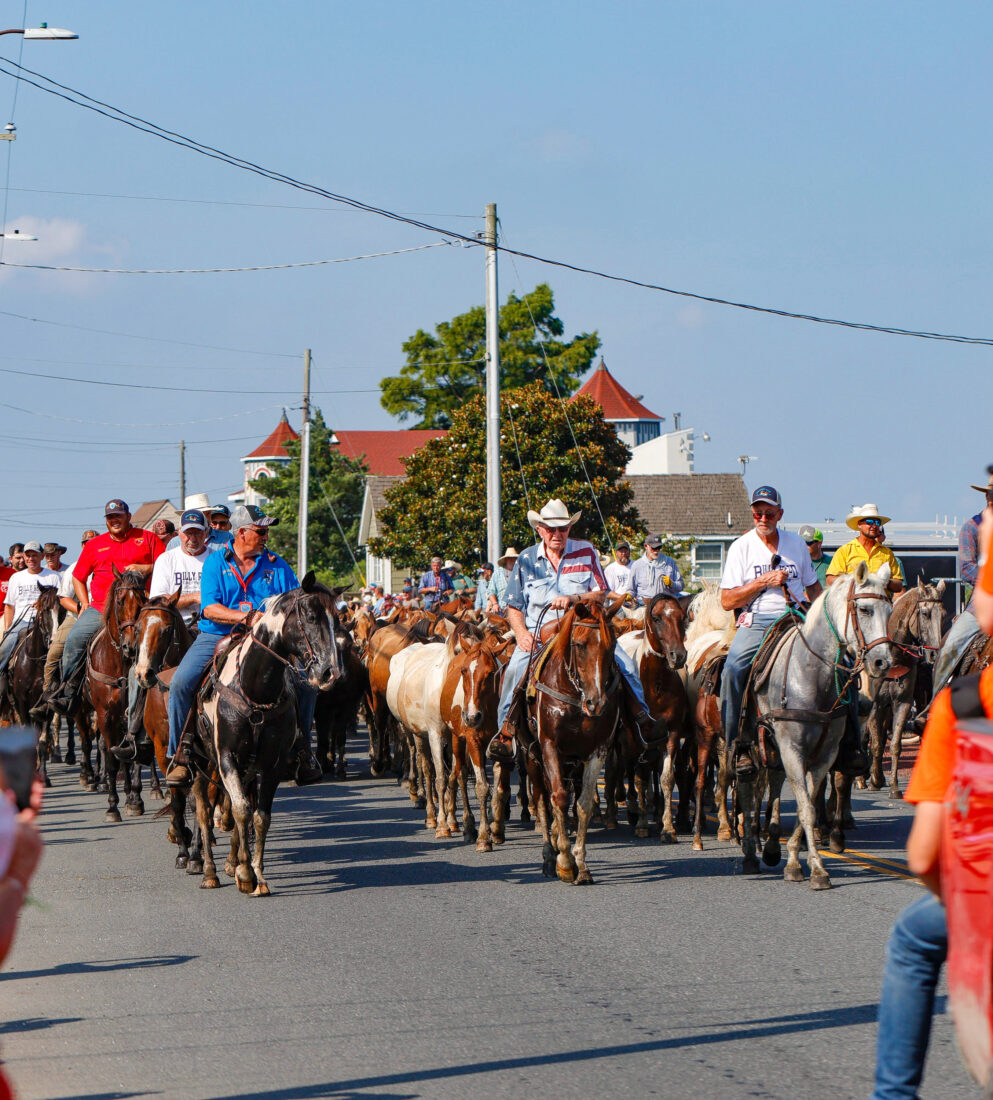
Marnie wasn’t the only horse that fetched top dollar this year; six buybacks together brought in over $355,000, and the auction generated $1,008,100 overall, smashing the previous year’s half-million total. “It has been an incredible year,” Cole says. “I’m looking forward to foal season in 2026 already.”

